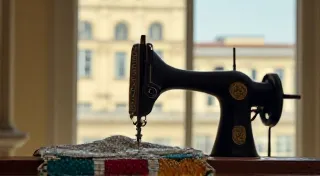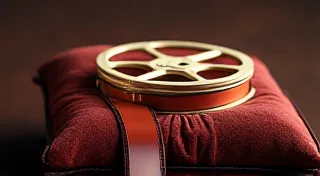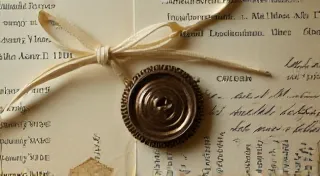The Alchemist's Touch: Exploring the Patina of Age on Cast Iron Toys
There's a certain magic held within an antique cast iron toy. It’s not just the whimsical shapes of horses prancing, fire engines roaring, or clowns tumbling; it’s the very surface, the deep, complex patina that tells a silent story of time, of touch, and of the slow, deliberate work of the elements. More than mere discoloration, this patina is a testament to the toy's journey, a subtle echo of a bygone era. It’s the alchemist’s touch, transforming the metal into something more than it began as.
My own fascination began with a simple, unassuming horse-drawn wagon. I found it at a dusty antique shop, tucked away amongst chipped porcelain dolls and faded photographs. It wasn’t pristine; far from it. The original paint was worn, revealing patches of rust-tinged gray. But that imperfection, that visible history, captivated me. It felt… real. It whispered of a child's eager hands, of adventures played out on sun-drenched lawns, of a time when imagination was the only limit.
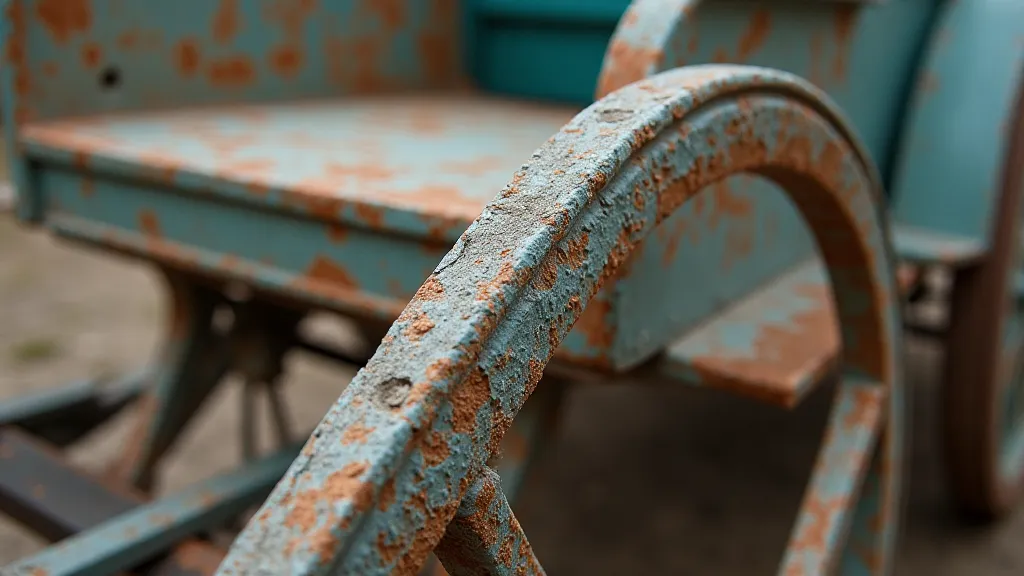
The Rise of the Cast Iron Toy: A Brief History
To understand the beauty of the patina, we must first appreciate the history of cast iron toys themselves. The mid-19th century witnessed an explosion of innovation in manufacturing, fueled by the Industrial Revolution. Before mass production, toys were often handmade, expensive luxuries reserved for the elite. The advent of cast iron offered a solution: affordable, durable toys accessible to a wider audience. Companies like J.C. Stevens, Whitmore & Lewis, and Hubley began churning out these miniature marvels, bringing joy to countless children.
The process itself was remarkably intricate. Molten iron was poured into molds, often intricate designs created from plaster. After cooling, the toy was extracted, trimmed, and then painstakingly painted, typically with multiple layers to provide vibrancy and protection. These early paints, often lead-based (a sobering thought!), didn't have the longevity of modern formulations. Consequently, the paints gradually degraded, exposing the underlying metal and initiating the chemical processes that form the beloved patina.
The Alchemy of Time: Chemical Processes at Play
The patina isn’s a random occurrence; it’s a slow, complex chemical dance. Initially, the original paint layers begin to break down. Ultraviolet radiation from the sun, fluctuating temperatures, and exposure to humidity all contribute to this degradation. As the paint disappears, the underlying iron is exposed to oxygen. This initiates a process called oxidation, which produces iron oxide – commonly known as rust. However, the story doesn't end there.
The color and texture of the patina are determined by several factors. The presence of moisture accelerates oxidation, creating reddish-orange hues. The presence of pollutants in the air – sulfur compounds, for example – can create black or grayish deposits. A phenomenon called “bluing” frequently occurs, creating a distinctive blue-black coloration, particularly on toys stored in humid environments. This is caused by the formation of iron sulfides.
The composition of the original paint also plays a vital role. Some paints contain pigments that react differently to environmental factors, creating unique color variations. The way the toy was stored and handled also contributes. Toys frequently handled by children might exhibit different wear patterns and patina formations than those stored in a sheltered environment.
More Than Just Discoloration: The Emotional Connection
For a collector, the patina isn't a flaw to be eradicated; it’s a defining characteristic, a visual fingerprint of the toy’s history. It adds depth, character, and a palpable sense of authenticity. A toy in pristine condition, factory-fresh, can feel sterile, disconnected from its past. It lacks the narrative that a patina provides.
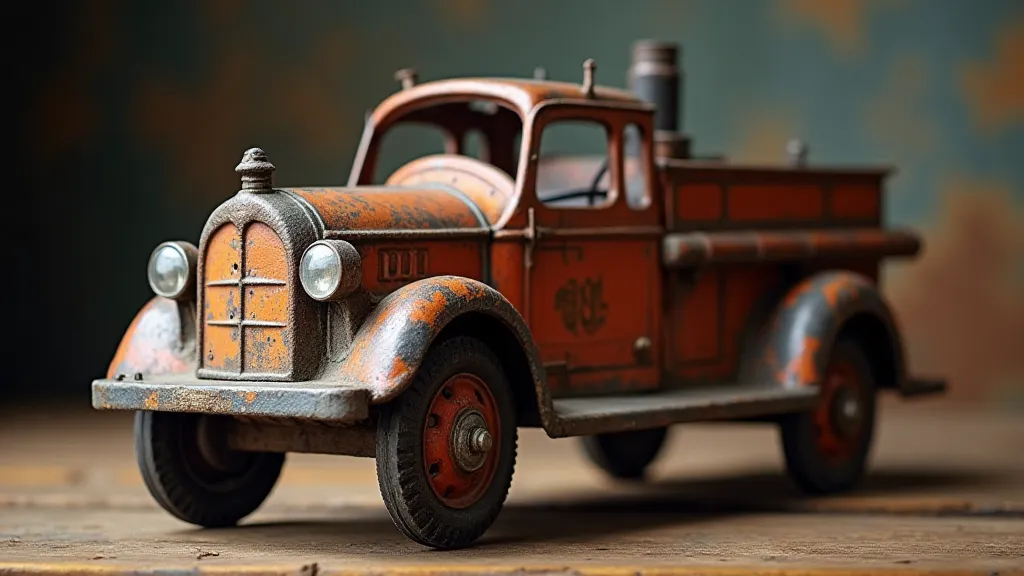
I remember attending an antique toy auction where a pristine, repainted fire engine sold for a high price. It was undoubtedly beautiful, but it lacked that vital spark, that connection to the past. The toy with the faded paint, the chipped edges, and the complex network of rust-colored streaks generated far more excitement amongst the attendees. It wasn’t just a toy; it was a piece of history, a tangible link to a different time.
Restoration vs. Preservation: A Collector's Dilemma
The question of restoration is a constant source of debate within the antique toy collecting community. Some advocate for complete restoration, believing that bringing a toy back to its original glory enhances its appeal and value. Others champion preservation, arguing that any alteration diminishes its authenticity and historical significance.
My own view aligns with the latter. While I appreciate the skill and artistry involved in restoration, I believe that the patina is an integral part of the toy’s character. Removing it would be akin to erasing a chapter from its life story. The beauty lies not in perfection, but in the evidence of time's passage. Of course, stabilizing a toy to prevent further degradation is essential – cleaning away loose rust and applying a protective sealant can achieve this without sacrificing the patina’s unique appeal.
A Timeless Legacy
Antique cast iron toys are more than mere playthings; they are cultural artifacts, embodiments of a bygone era. The patina, the alchemist's touch of time and the elements, transforms them into objects of profound beauty and historical significance. They are reminders of a simpler time, of the joy of childhood, and the enduring power of craftsmanship.
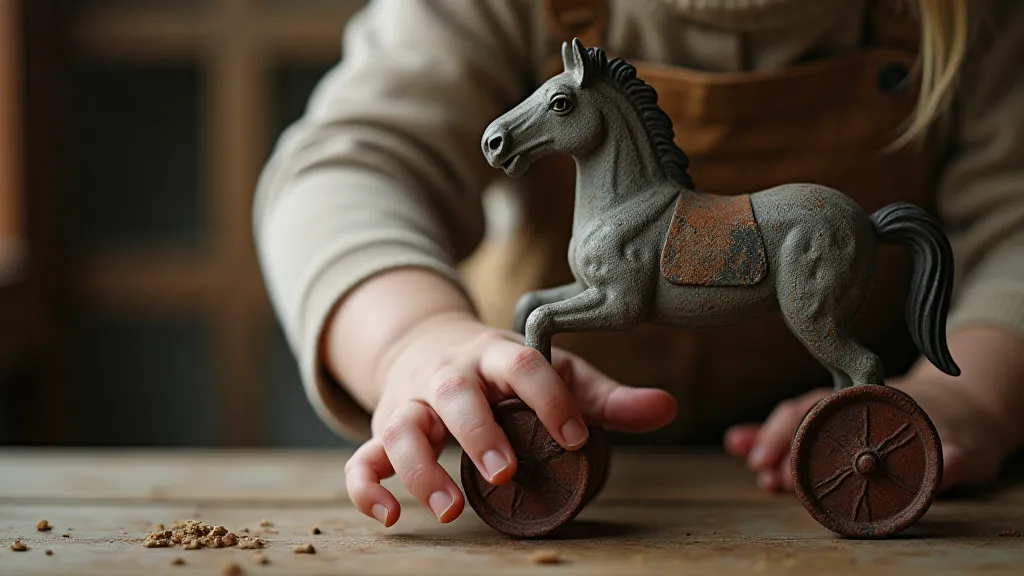
Next time you encounter an antique cast iron toy, take a moment to truly appreciate its surface. Observe the subtle variations in color, the intricate patterns of rust, the textures that tell a silent story. You’d be witnessing not just a discoloration, but a transformation – a testament to the enduring magic of time.
